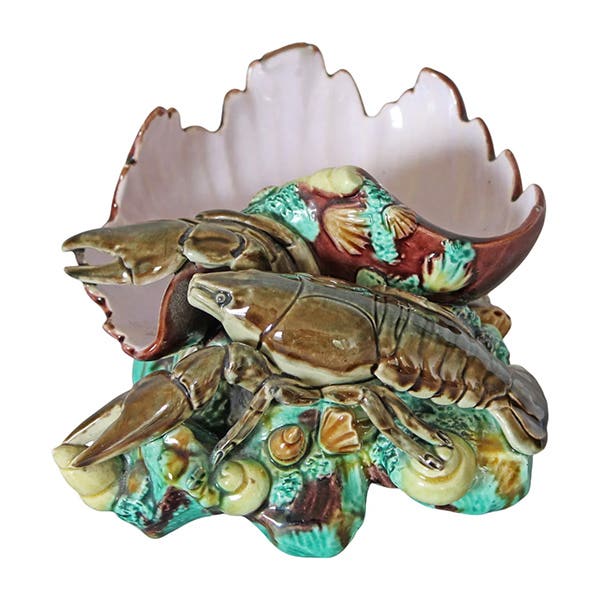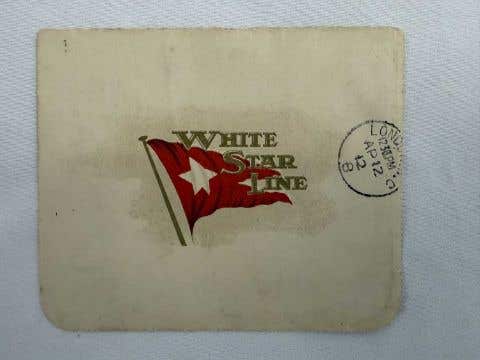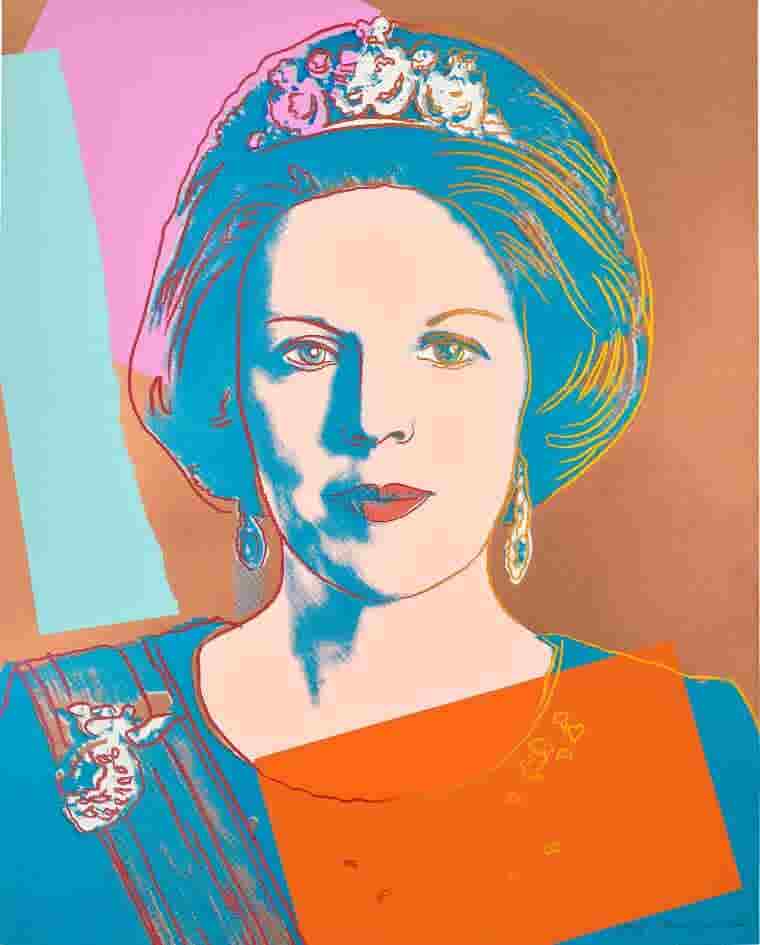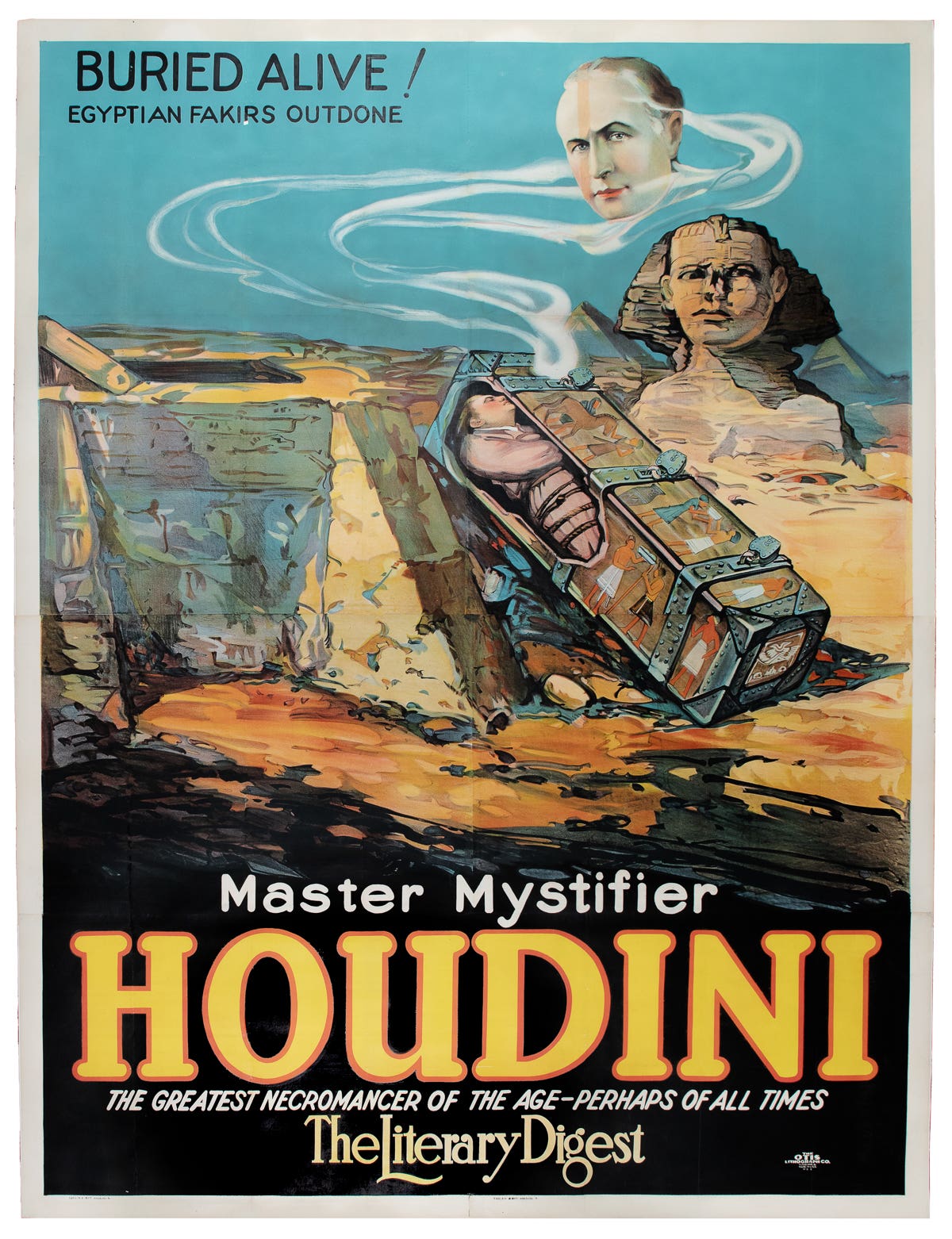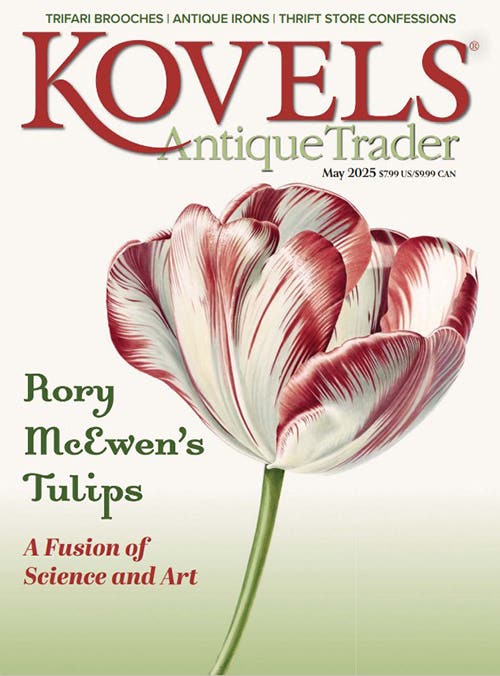FBI Nabs Art Forgery Ring
Federal agents shut down massive Michigan operation that allegedly forged noted American artists and crafted counterfeit sports and Hollywood memorabilia. Self-described artist who orchestrated conspiracy fooled experts for years.
A concerned art buyer and a type of paint that did not exist almost 100 years ago led FBI agents to raid a home in northern Michigan last week that is believed to be the center of a national art-forgery ring.
The suspected forgeries of paintings formerly attributed to noted surrealist artist Gertrude Abercrombie and Precisionism artists George Ault and Ralston Crawford fooled art experts into shelling more than $700,000 for them.
According to The Detroit News, which broke the story, the raid by 30 agents targeted Traverse City resident Donald "D.B" Henkel, 60, a self-described artist who is accused in a sealed FBI search warrant affidavit of orchestrating conspiracy that started in March 2016 and involved previously unknown paintings by these well-known artists. The years-long investigation culminated outside a large red barn and Henkel’s home in rural Cedar, an unincorporated area of fewer than 100 people northwest of Traverse City.
FBI agents suspect the property served as a forgery factory where, in addition to artwork, members of the alleged scheme also produced counterfeit memorabilia from the sports world and Hollywood, including a Babe Ruth bat and items claimed to have belonged to Lou Gehrig, Willie Mays and other legends, a Mickey Mouse drawing autographed by Walt Disney, and an ad for the Beatles.
Antiques expert Mark F. Moran, who has traveled extensively throughout the Midwest doing public and private appraisals, has followed the forgery story with keen interest since it broke.
“A talented and determined forger can fool even the most seasoned expert,” said Moran, an author of dozens of antiques and collectibles books dealing with identification and values. “Appraising art and antiques is not an exact science, and though we rely on years of experience to assess values, when situations like this occur, it hurts all of us and calls into question our credibility.”
Henkel has also been linked to the sale of baseball bats. He received the bulk of the proceeds of the sales of a purported $60,000 Babe Ruth bat and $120,000 Lou Gehrig bat. The latter appears to have been sold through Hunt Auctions of Pennsylvania, according to the FBI.
Chris Ivy, Director of Sports Memorabilia Auctions at Heritage Auctions, Dallas, said detecting forged items is “a constant battle, and this recent arrest is a welcomed development in the fight.”
“There is nobody who takes this kind of criminal activity more seriously than Heritage,” Ivy said, “and that’s why the material we sell is subjected to a rigorous authentication process, both internally and through third-party expert services.”
The forgery ring has been linked to eight paintings, including five by Ault, two by Crawford, and one by Abercrombie, according to The Detroit News, which obtained a sealed copy of the FBI’s search warrant when it was briefly unsealed in federal court. The search warrant labels the case a suspected mail and wire fraud conspiracy that may involve accomplices in California, Florida and Virginia. No arrests have yet been made.
Among those taken in by the scam was Hirschl & Adler Galleries in New York City, which spent $709,000 buying two supposed Ault paintings at Chicago’s Leslie Hindman Auctioneers in 2018 and 2019.
According to artnet.com, the leading online resource for the international art market, the purported Ault works bought by Hirschl & Adler were also among the artist’s priciest. Morning in Brooklyn, which the FBI believes was consigned by a Henkel conspirator in Virginia, sold for $336,500. Stacks Up 1st Ave fetched $372,500, the second most expensive work by the artist ever to come to auction.
“These were very beautiful – fake or not. Whoever did this is quite an accomplished artist — just not the artist he or she purported to be,” Elizabeth Feld, Hirschl and Adler’s managing director, told The Detroit News. “This is every dealer’s nightmare.”
The suspect art sales also include Crawford’s Smith Silo, sold at Hindman in May 2016. Henkel claimed the artist had given the work as a gift to Henry Hotz Jr., dean of arts at the Pennsylvania Academy of Fine Arts. The canvas sold for $395,000, according to artnet’s Price Database, and Henkel received $299,000 in the transaction, the FBI said.
Henkel also sold an alleged Abercrombie, Coming Home, at Hindman last March for $93,750 — what would have been the artist’s second-highest price achieved at auction, according to the price database.
Search warrant records also reveal how FBI agents discovered the forgeries after learning the type of paint used in one composition purportedly by Ault, titled The Homestead, did not exist at the time of the artwork’s supposed creation almost 100 years ago. An unidentified victim, who paid $200,000 for the Ault painting, became concerned after being unable to find any trace of the work in the artist's archives. A conservator, who examined the piece, believed the painting was made in acrylic paint, the FBI said. Acrylic paint only became commercially available in the 1950s — more than a decade after the piece’s supposed creation, and years after Ault’s death in 1948, according to the Smithsonian Magazine.
Expert analysis also revealed the presence of a pigment, Hansa yellow, that only had widespread use post-1950. A second conservator consulted said the painting looked as if it had been stenciled, according to The Detroit News.
When agents investigated the property last Tuesday and Wednesday, they found art supplies, paintings “and other artwork that appears to be in progress, as well as baseball bats, baseballs, and other memorabilia,” according to the FBI search warrant affidavit.
“In addition, the barn contains other paintings that may be forgeries,” the affidavit states, “as well as more paintings that appear to be in the process of being modified."
Per artnet, Henkel has also created and sold original artwork, including five submissions for an annual Michigan contemporary art contest. One entry, a sculpture titled Rainman, won in 2011 and is now on display at a local shopping center.
So what’s the best defense against purchasing forged or fake items? Moran, who has served as a guest appraiser on Antiques Roadshow, says “iron-clad provenance is critical.”
“Provenance is a history of ownership, and though these can also be fabricated, consider the source of the information,” Moran said. “The more detailed and reliable the source of owner information, the more likely it is to be accurate.”
Moran also suggests buyers develop a network of trusted resources, including dealers, auctioneers and appraisers to reduce risk of buying something fraudulent.
Contributing sources: The Detroit News, Smithsonian Magazine, and artnet.com.



